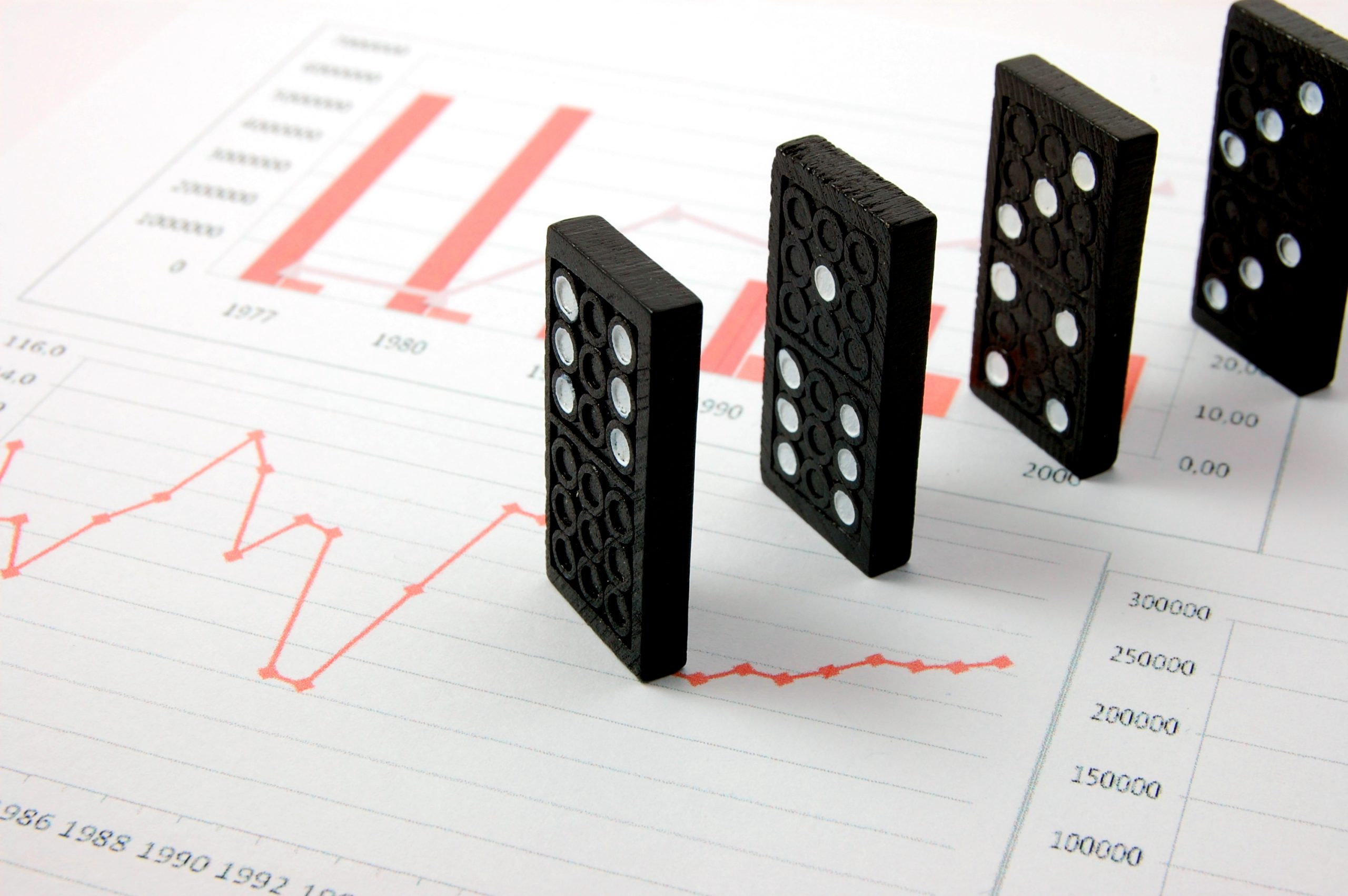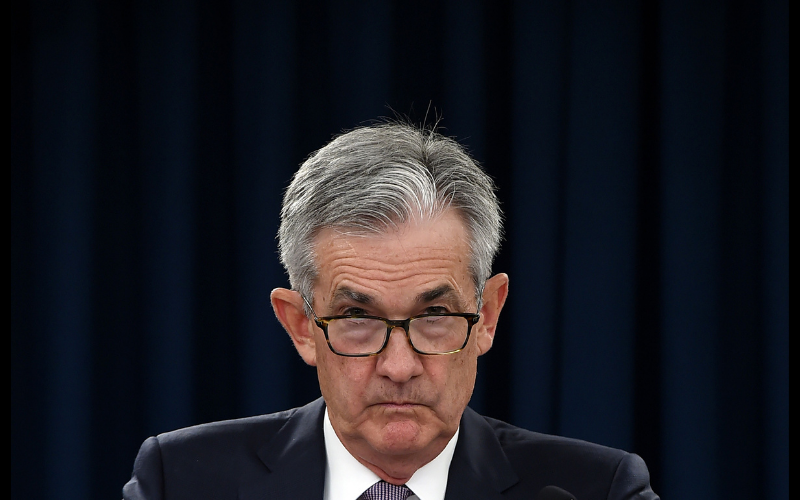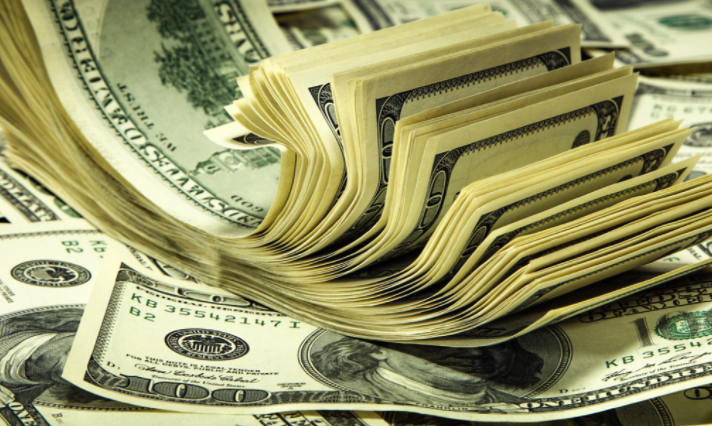Daily FX Market Roundup 10.25.2021
By Kathy Lien, Managing Editor
Three central bank monetary policy announcements, inflation and GDP reports from the U.S. and Eurozone makes for a busy trading week. Big tech names like Amazon, Apple, Facebook and Google are also scheduled to release earnings and the S&P500’s new highs tell us that investors are looking for good results. For the U.S. dollar, the PCE deflator on Friday should be more important than the advance release of Q3 GDP. The core PCE deflator which is the Federal Reserve’s preferred inflation measure is expected to hit new highs. So even if GDP growth eases like economists expect because of softer retail sales and trade in the third quarter, taper expectations will remain intact if inflation is hot. In fact, core PCE could even drive rate hike expectations and the U.S. dollar higher. The greenback started this busy week mixed, strengthening versus euro, Japanese Yen, Swiss Franc and Canadian dollar, but weakening against sterling, the Australian and New Zealand dollars.
Higher lows and higher highs signal a potential bottom in USD/CAD but a true bottom hinge on Wednesday’s Bank of Canada monetary policy announcement. Between soaring oil prices and strong data, the BoC has every reason to be optimistic. They are widely expected to taper asset purchases again, leaving the timing of rate hikes the main question. At their last meeting, the central bank said rates could rise in the second half of 2022 but interest rate futures are currently pricing in an 80% chance of a March hike. With strong labor market, inflation, spending and manufacturing data, the BoC has every reason to pull forward their forecast but they could also wait until December when they are expected to end Quantitative Easing. Although there is no doubt that the central bank is moving ahead with policy normalization, the fact that USD/CAD rallied or the Canadian dollar weakened on a day when oil prices climbed to fresh 7 year highs and stocks extended their gains are a sign that investors won’t be surprised by BoC taper and hawkishness.
Euro was the worst performing currency today as the string of downside data surprises prevent the single currency from participating in rallies. German business confidence fell for the fourth month in a row with the IFO business climate index slipping to 97.7. The current and expectations component declined as bottlenecks hamper the recovery. This deterioration is consistent with weakness in PMIs, industrial production and ZEW. Later this week, inflation and Q3 GDP numbers will be released from Germany and the Eurozone. Inflation should be strong but growth may be weak. Unlike the Bank of Canada, this month’s European Central Bank meeting is not a particularly important one. No changes in policy, economic forecasts or guidance is expected but ECB President Lagarde’s press conference is always one to watch. It will begin just as U.S. Q3 GDP numbers are released so Thursday will be a particularly busy day.
The Australian dollar was the best performer ahead of inflation and consumer spending numbers this week. Price pressures should rise but it is unclear how much of the demand recovery the Q3 retail sales numbers will cover. Regardless, between warmer weather and post lockdown enthusiasm, we are looking for stronger fourth quarter. The New Zealand dollar followed the Australian dollar higher despite rising COVID-19 cases. The market seems to believe that even with the second worst day for new COVID-19 cases ever, the country will snapback quickly prompting aggressive tightening by the RBNZ. Last but not least, no surprises are expected from the Bank of Japan, which should make the BoJ meeting one of this week’s least market moving events.





